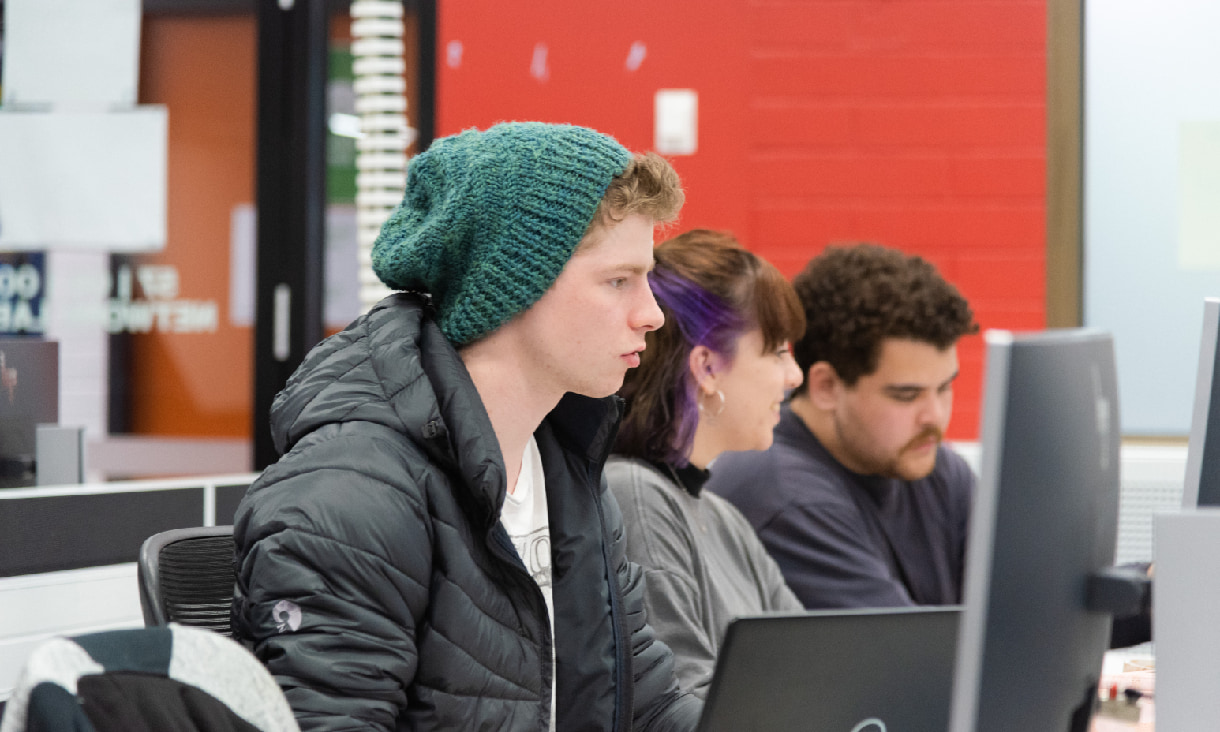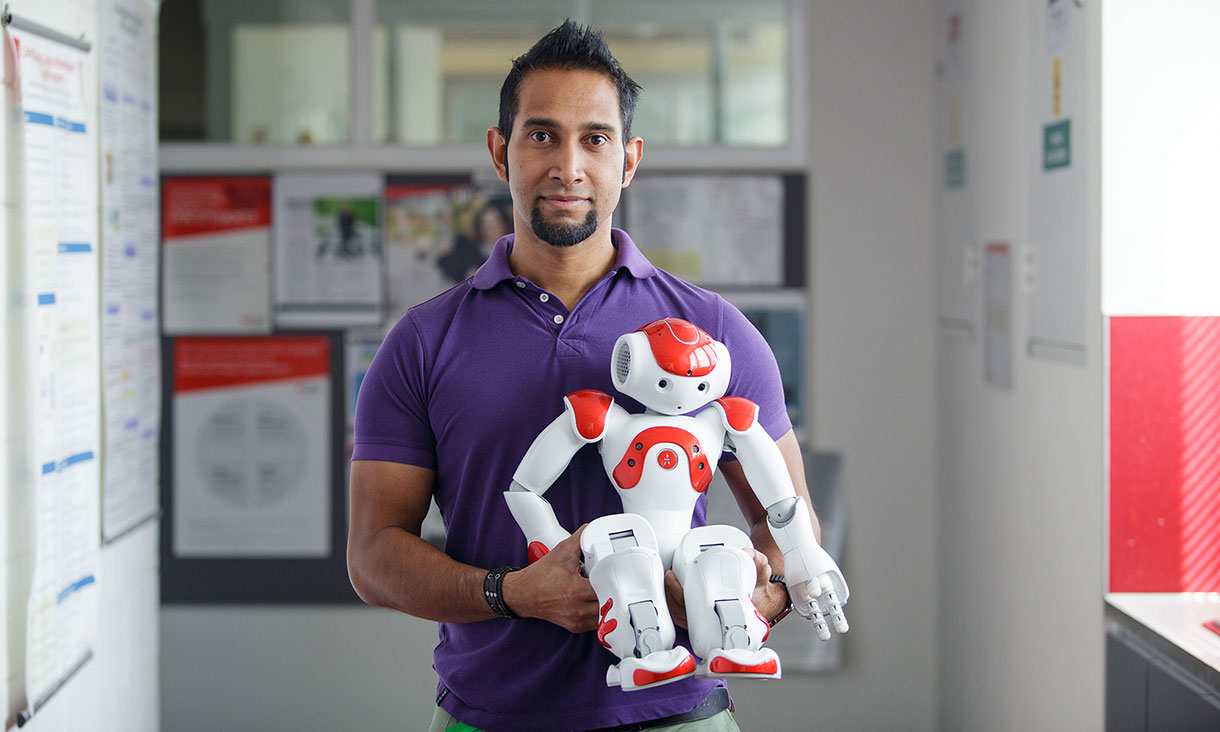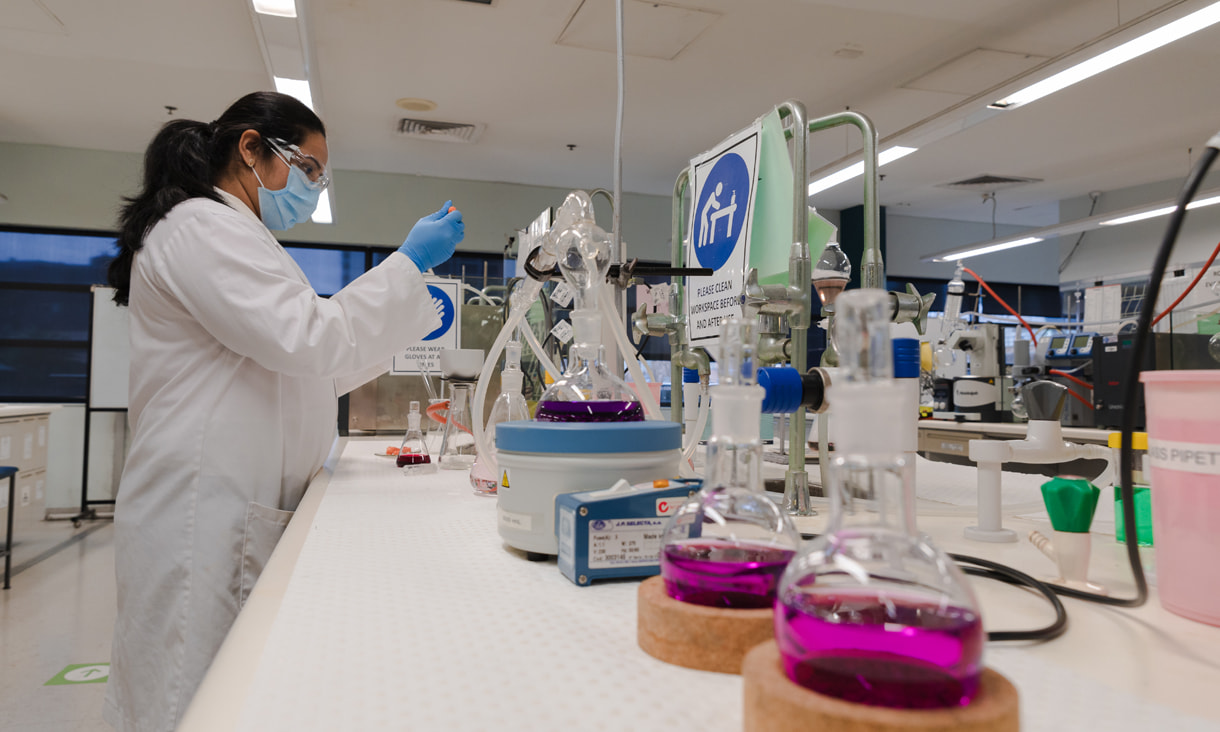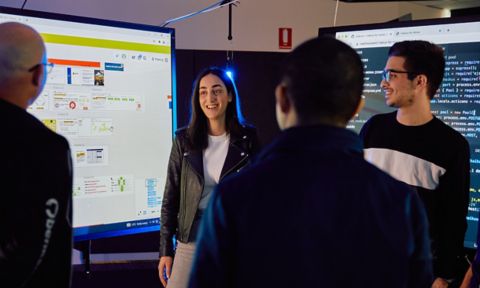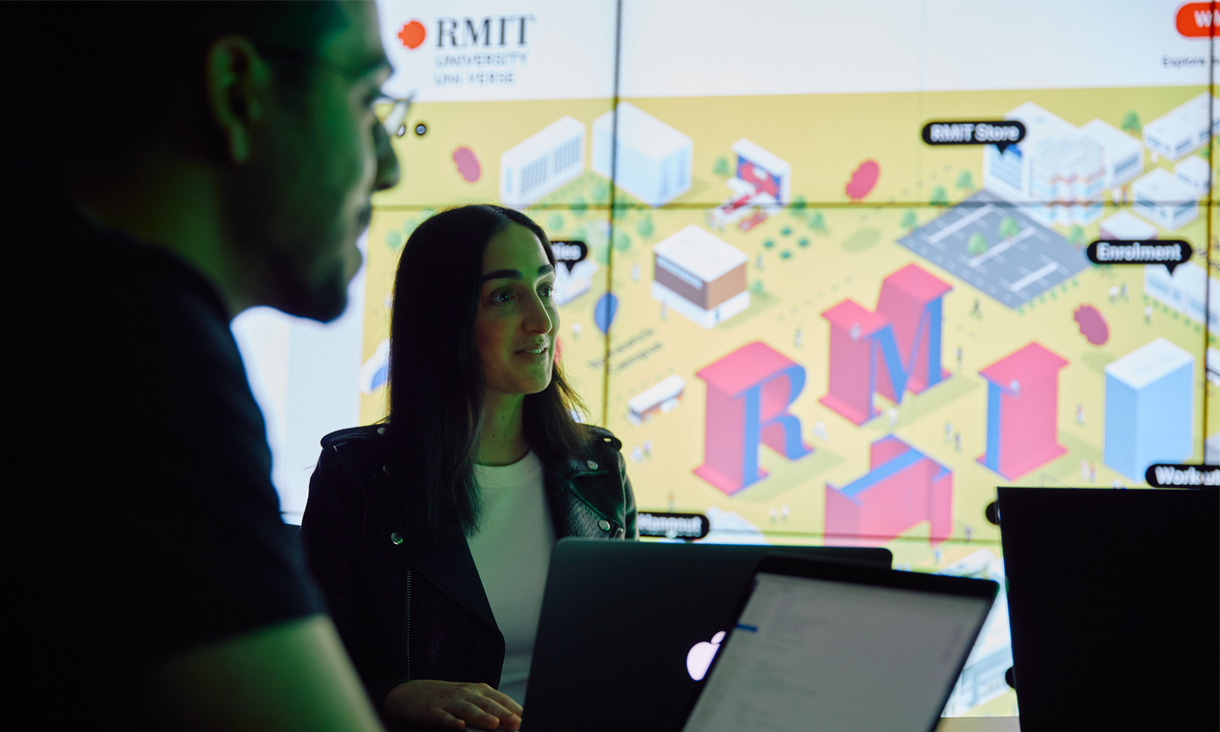The programming bootcamp takes place during the first year of RMIT’s information technology undergraduate courses. In these bootcamps you’ll learn the key programming skills you’ll need for later study.
"The programming language that we use in the first boot camp is Java. It's still the most used language in the world in industry. In the second semester, we use Python. Python is growingly becoming one of the most popular languages used, especially in the space of data science.
“However, the bootcamp is about learning a programming language rather than the programming language itself. What we're teaching you will help you adapt to and pick up new programming languages that will emerge in the future.
“Students learn using interactive notebooks, on a platform called zyBooks. There are instructional videos as well. We also use a virtual lab environment called zyLabs, where you can do programming drills and get progressive ‘on demand’ feedback straight away.
“The bootcamps are self-paced, and that's one thing students overwhelmingly love. The more advanced students don’t have to wait for others, and the ones who need help can spend a lot more time learning.
“Students then come into face-to-face workshops in small groups with instructors who can help them. So they get a personalised learning experiences with humans complementing these digital tools, like the interactive notebooks and the videos.
